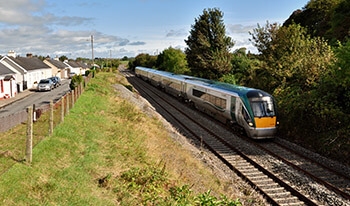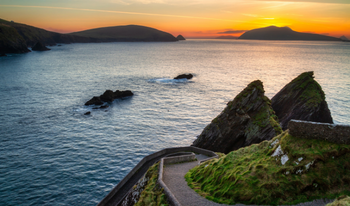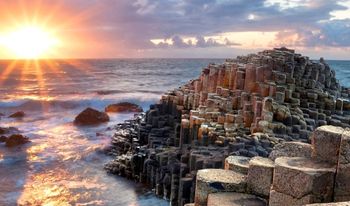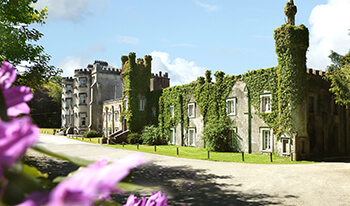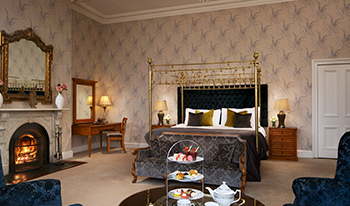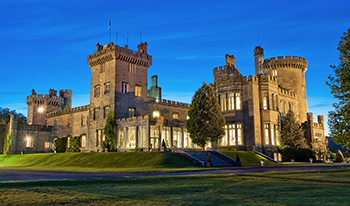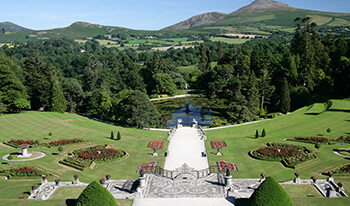Dublin Castle (Irish: Caisleán Bhaile Átha Cliath) off Dame Street, Dublin, Ireland, is a major Irish governmental complex, formerly the fortified seat of British rule in Ireland until 1922. Most of the complex dates from the 18th century, though a castle has stood on the site since the days of King John, the first Lord of Ireland. The Castle served as the seat of English, then later British government of Ireland under the Lordship of Ireland (1171–1541), the Kingdom of Ireland (1541–1800), and the United Kingdom of Great Britain and Ireland (1800–1922). Upon establishment of the Irish Free State in 1922, the complex was ceremonially handed over to the newly formed Provisional Government led by Michael Collins.
Dublin Castle fulfilled a number of roles through its history. Originally built as a defensive fortification for the Norman city of Dublin, it later evolved into a royal residence, resided in by the Lord Lieutenant of Ireland or Viceroy of Ireland, the representative of the monarch. The second in command in the Dublin Castle administration, the Chief Secretary for Ireland, also had his offices there. Over the years parliament and law courts met at the castle before moving to new purpose-built venues. It also served as a military garrison. Upon formation of the Free State in 1922, the castle immediately assumed the role of court complex, as the Four Courts on the Liffey quays had been badly damaged during the Civil War - a role it served for the first decade of the newly independent state.
It was also decided in the 1930s that the inauguration of the first President of Ireland, Douglas Hyde in 1938 would take place in the castle, and ever since the complex has been host to this ceremony. The castle is also used for hosting official State visits as well as more informal foreign affairs engagements, State banquets, Government policy launches, as well as acting as the central base for Ireland's hosting of the European Presidency approximately every 10 years.
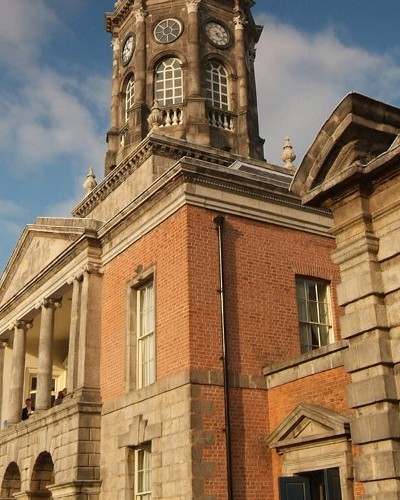
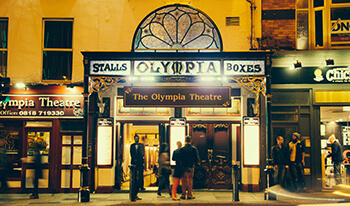
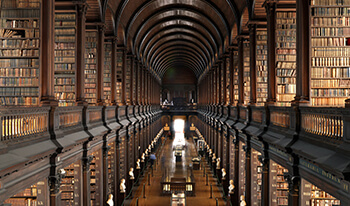
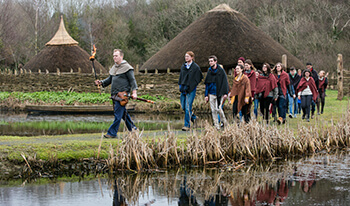
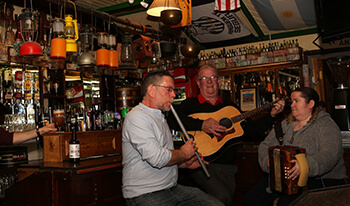
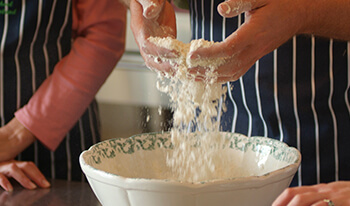
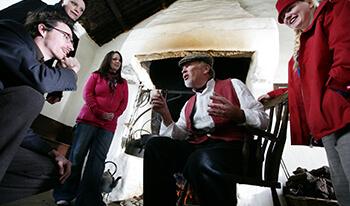
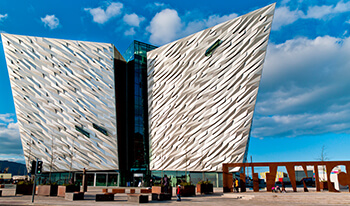
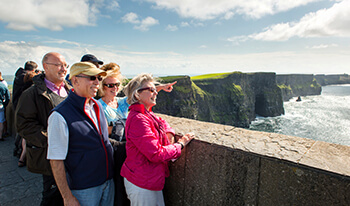
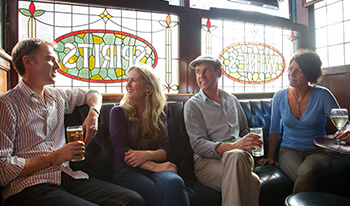
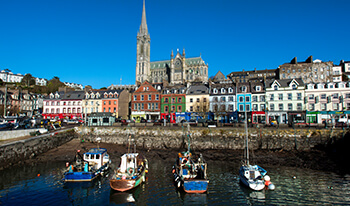
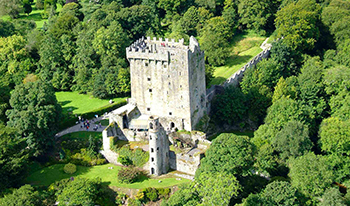
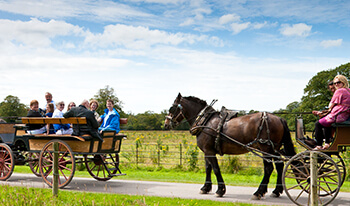
.png)
